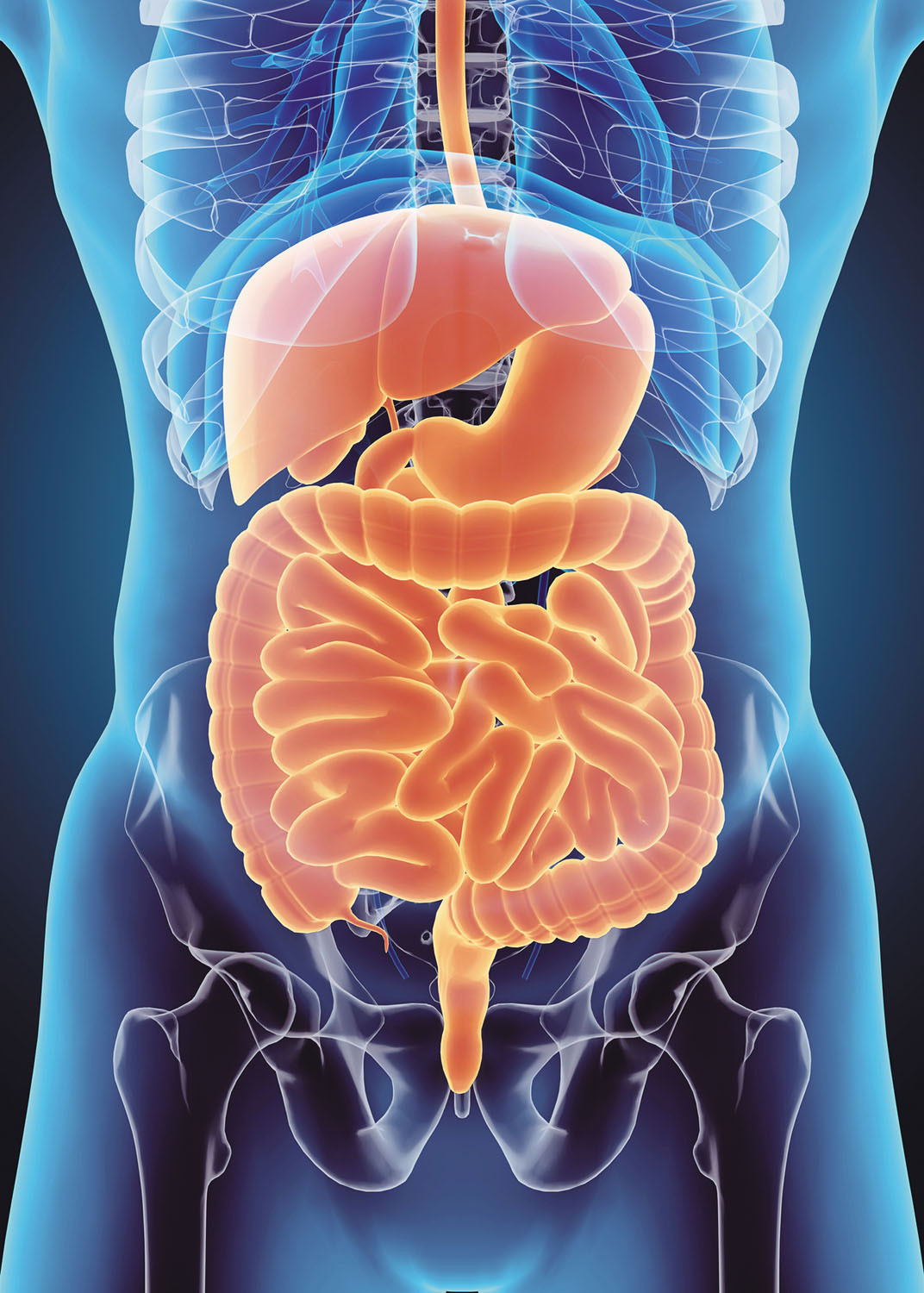
5 timeless habits for better health

What are the symptoms of prostate cancer?

Is your breakfast cereal healthy?

When pain signals an emergency: Symptoms you should never ignore

Does exercise give you energy?

Acupuncture for pain relief: How it works and what to expect

How to avoid jet lag: Tips for staying alert when you travel

Biofeedback therapy: How it works and how it can help relieve pain

Best vitamins and minerals for energy

Should you take probiotics with antibiotics?
Digestive Health Archive
Articles
9 GERD symptoms to know
Most people think of heartburn when they think of GERD. But there are several other symptoms. Learn 9 symptoms of this chronic condition and how to prevent them.
Don't get upset about indigestion
It's common for indigestion to become more frequent and severe with age, a condition called chronic dyspepsia or recurring indigestion. While most flare-ups can be treated with over-the-counter remedies, people can stop recurring problems by adopting lifestyle measures, such as reducing stress, avoiding excess alcohol, quitting smoking, losing extra weight, and eating smaller meals.
Tips to avoid constipation
There are many ways one can try to avoid constipation. For example, lifestyle remedies may help—such as increasing dietary fiber, getting regular exercise, and drinking three to six cups of water per day. If those approaches don't work, doctors recommend using fiber supplements, such as psyllium husk (Metamucil), methylcellulose (Citrucel), or wheat dextrin (Benefiber). Another supplement that might help is magnesium. When all strategies fail, it may be time to try over-the-counter medication. One option is an osmotic laxative such as polyethylene glycol (Miralax).
Keep your digestion moving
Over time, everyone's digestive system works less efficiently and people can develop food intolerance or begin taking medications that can affect digestion. These changes can create problems like gas, bloating, cramps, and constipation. By identifying the reasons for the digestive issues, managing them becomes easier and can help keep the entire system running smoothly.
Breaking up with your favorite foods
Eating certain foods sometimes triggers indigestion or heartburn symptoms, particularly as people age. For example, consuming foods with certain natural sugars such as lactose may lead to cramping, diarrhea, bloating, and gas. Eating peppers, tomato sauces, and many other foods can worsen heartburn caused by gastroesophageal reflux disease (GERD). When one must remove trigger foods from the diet, there are alternatives that can also be satisfying, such as lactose-free dairy products. When removing a food isn't possible, some tricks—such as adding a dollop of sour cream—can help reduce the heat in spicy dishes.

5 timeless habits for better health

What are the symptoms of prostate cancer?

Is your breakfast cereal healthy?

When pain signals an emergency: Symptoms you should never ignore

Does exercise give you energy?

Acupuncture for pain relief: How it works and what to expect

How to avoid jet lag: Tips for staying alert when you travel

Biofeedback therapy: How it works and how it can help relieve pain

Best vitamins and minerals for energy

Should you take probiotics with antibiotics?
Free Healthbeat Signup
Get the latest in health news delivered to your inbox!
Sign Up










